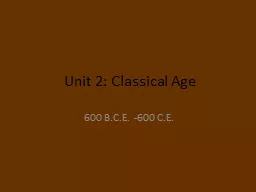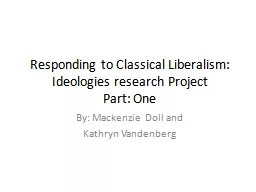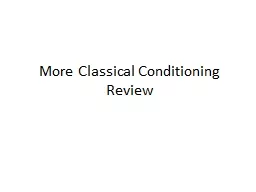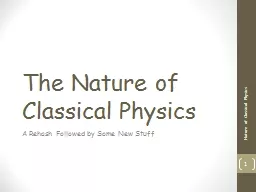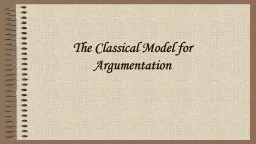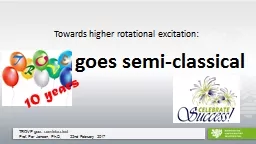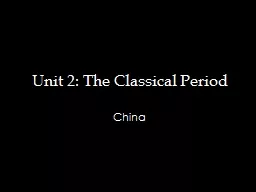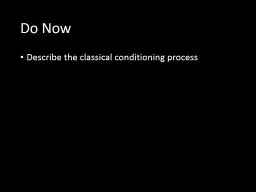PPT-Unit 2: Classical Age
Author : lois-ondreau | Published Date : 2016-09-17
600 BCE 600 CE Tabs 21 Development amp Codification of Religious amp Cultural Traditions 22 Development of States amp Empires 23 Transregional networks of Comm
Presentation Embed Code
Download Presentation
Download Presentation The PPT/PDF document "Unit 2: Classical Age" is the property of its rightful owner. Permission is granted to download and print the materials on this website for personal, non-commercial use only, and to display it on your personal computer provided you do not modify the materials and that you retain all copyright notices contained in the materials. By downloading content from our website, you accept the terms of this agreement.
Unit 2: Classical Age: Transcript
Download Rules Of Document
"Unit 2: Classical Age"The content belongs to its owner. You may download and print it for personal use, without modification, and keep all copyright notices. By downloading, you agree to these terms.
Related Documents

